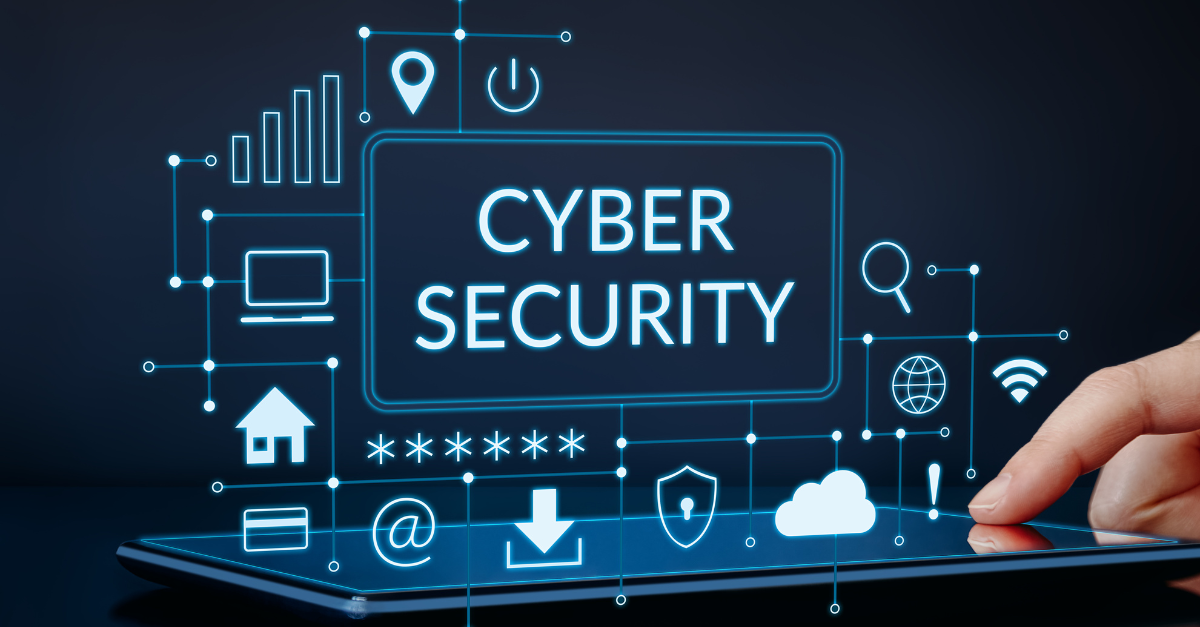The Future of Cybersecurity: Managing Threats in a Complex Digital Landscape
Introduction to Cybersecurity Challenges
Cybersecurity has become one of the most critical concerns for organizations worldwide. Understanding the challenges of cyber threats is essential due to their growing volume and complexity.
The growing complexity of cyber attacks, often driven by state actors and organized crime, has escalated the urgency for a proactive cybersecurity stance. Advanced techniques such as social engineering, AI-driven attacks, and zero-day exploits characterize the current threat landscape. This ever-evolving threat environment demands that businesses stay vigilant and well-informed about emerging risks, continuously updating their defense mechanisms to stay ahead of attackers.
Current Threat Landscape
The current threat landscape is constantly evolving, with new vulnerabilities discovered regularly. According to recent data, ransomware attacks have surged by 150% in the past year, making it one of today’s most significant business threats. To gain more understanding about the different cyber threats, be sure to review the leading cybersecurity threats and trends that organizations should be knowledgeable about. Global companies like Fortinet and IBM in China actively mitigate complex threats, emphasizing the need for robust security measures. Phishing, APTs, and DDoS attacks are also common forms of threats. These attacks often exploit human vulnerabilities, making it crucial for businesses to implement comprehensive security awareness training programs. Additionally, the rapid adoption of IoT (Internet of Things) devices has introduced new attack vectors, further complicating cybersecurity. As cybercriminals continue innovating, businesses must adopt a multi-layered defense strategy to protect against cyber threats.
Technologies Shaping Cybersecurity
Cutting-edge technologies like Artificial Intelligence (AI) and Machine Learning (ML) are greatly influencing the future of cybersecurity. For instance, AI can predict potential threats by analyzing patterns from large datasets, helping to preempt attacks before they occur. Machine Learning algorithms excel at detecting abnormalities in network activity, potentially signaling a security incident. These technologies enable cybersecurity systems to adapt and respond to new threats in real-time without human intervention.
Furthermore, blockchain technology is being leveraged for secure data storage and transmission, reducing the risk of tampering and unauthorized access. The decentralized nature of Blockchain makes it naturally resistant to specific cyber attacks, offering an extra level of security. Organizations also invest in next-generation firewalls and endpoint detection and response (EDR) solutions to enhance their defensive capabilities. Integrating these advanced technologies into cybersecurity frameworks is essential for building resilient and adaptive security systems.
Proactive Threat Management Strategies
Adopting proactive measures can substantially mitigate the risk of cyber attacks. This includes regular security audits to identify and fix vulnerabilities, extensive employee training on cybersecurity best practices, and implementing multi-factor authentication (MFA) to secure user accounts. Security audits help organizations uncover and address weaknesses in their systems, preventing potential breaches before they occur. Employee training programs educate staff on recognizing phishing attempts and other social engineering tactics, significantly reducing the likelihood of successful attacks.
Moreover, developing an incident response plan enables organizations to react swiftly and effectively during a breach, minimizing potential damage and recovery time. Cyber incident response plans need to have explicit protocols for identifying, containing, eliminating, and recovering from incidents. Regularly testing these plans through simulated cyber attacks or tabletop exercises can help ensure that all stakeholders are prepared to respond appropriately. Further, it is advisable for organizations to think about implementing threat intelligence platforms in order to stay updated on new threats and make necessary adjustments to their defenses.
Role of Global Collaboration
Global cooperation is necessary in addressing cybersecurity as it is a worldwide challenge. Organizations like the World Economic Forum actively promote collaboration to combat cyber crimes effectively. Their global cybersecurity outlook provides a comprehensive view of the various initiatives worldwide.
International frameworks and agreements facilitate the sharing of threat intelligence, enabling countries and corporations to build more robust defenses against cyber threats. Joint exercises and information-sharing protocols help organizations stay ahead of adversaries by understanding global threat trends and best practices. Public-private partnerships are crucial in boosting efforts to enhance cybersecurity. Governments and private sector entities must work together to develop robust policies, regulations, and standards that promote a secure digital environment for all.
Real-World Examples
Learning from real-world cyber attacks can provide valuable insights. For example, the WannaCry ransomware attack that took place in 2017 highlighted the importance of timely software updates and patch management. Organizations that fail to apply updates in a timely fashion leave themselves vulnerable to sophisticated attacks. The global impact of the WannaCry attack resulted in the disruption of financial and operational activities on a large scale across numerous devices. It underscored the critical need for businesses to establish efficient patch management processes to prevent similar attacks.
Another notable example is the SolarWinds breach, where attackers infiltrated a software provider to gain access to numerous global companies and U.S. government departments. This incident underscored the need for enhanced software supply chain security. The attack demonstrated that even trusted vendors can be compromised, posing significant risks to their clients. Organizations should implement stringent vetting processes for third-party vendors and continuously monitor their software supply chains for potential vulnerabilities. Businesses can improve their defenses and lower the risk of future attacks by taking lessons from these prominent breaches.
Future Trends in Cybersecurity
Emerging trends such as Zero Trust Architecture, which enforces strict access controls and promotes the principle of “never trust, always verify,” promise the future of cybersecurity. Continuous authentication and authorization of all users and devices is necessary in Zero Trust models, no matter where they are or how they access the network. This method decreases the possibility of attacks and lowers the chance of internal security risks.
Another promising development is the rise of Quantum Computing. Although currently in its nascent stages, quantum computing has the potential to revolutionize encryption methods, making them virtually unbreakable. However, it poses significant challenges, as cryptographic techniques may become obsolete. Organizations must start preparing for a post-quantum world by exploring quantum-resistant encryption algorithms and developing strategies to transition their security infrastructures accordingly. Additionally, we will likely see greater integration of AI in cybersecurity measures, providing real-time threat detection and automated response mechanisms, which will be critical in defending against ever-evolving cyber threats.
Conclusion: The Path Forward
In conclusion, managing cybersecurity in a complex digital landscape is challenging but achievable. Organizations can significantly enhance their cyber defenses by staying informed, embracing advanced technologies, and promoting global collaboration. Businesses must adopt a comprehensive and proactive approach to cybersecurity to stay ahead of potential threats. Organizations must remain agile and adaptable as cyber threats evolve, continuously refining their strategies to protect their critical assets and data. The collective efforts of the global cybersecurity community will be essential in building a more secure digital future for everyone.
Keep an eye for more latest news & updates on News Letter Tribune!






